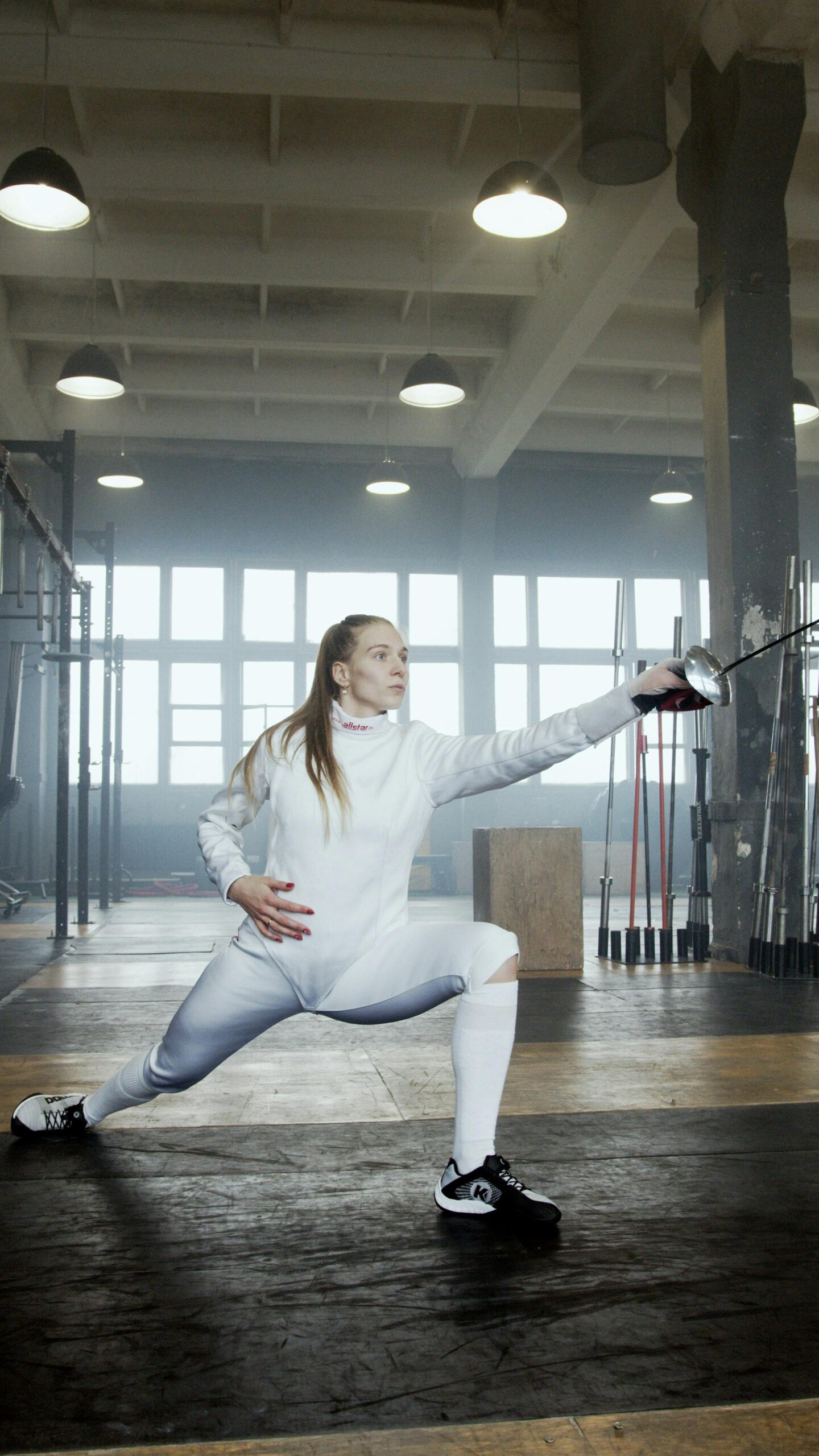The Science and Strategy Behind Olympic Training Programs
Olympic training programs represent the pinnacle of athletic preparation, blending cutting-edge science, meticulous planning, and unparalleled discipline. These regimens are designed to push human potential to its limits, transforming raw talent into medal-winning performances. Over the decades, Olympic training has evolved from rudimentary routines to highly specialized systems tailored to individual athletes, sports, and even specific competitions. This article explores the multifaceted world of Olympic preparation, delving into the methodologies, technologies, and philosophies that underpin these programs. From biomechanics to nutrition, recovery protocols to mental conditioning, we’ll uncover how modern Olympians are forged—and what lessons everyday athletes can learn from their journeys.
The Evolution of Olympic Training Methodologies
Early Olympic training relied on basic principles of endurance and strength, often emphasizing quantity over quality. Today, programs are data-driven, leveraging advancements in sports science to optimize every aspect of performance. Coaches now use motion capture technology to refine techniques, while wearable devices track real-time metrics like heart rate variability and muscle fatigue. Periodization—a structured approach to cycling intensity and recovery—has become central to avoiding burnout. Sport-specific demands also dictate training: sprinters prioritize explosive power, while marathoners focus on aerobic efficiency. This shift from generalized to hyper-personalized regimens reflects a deeper understanding of human physiology and competitive dynamics.
The Role of Nutrition and Recovery
Elite athletes don’t just train harder—they recover smarter. Nutritionists design calorie-dense meal plans rich in macronutrients tailored to energy expenditure, with micronutrient timing synchronized to training phases. Hydration strategies now include electrolyte balance monitoring to prevent cramping and fatigue. Recovery extends beyond rest days: cryotherapy, hydrotherapy, and compression garments accelerate muscle repair, while sleep optimization technologies ensure peak cognitive and physical restoration. For example, swimmers might use contrast water therapy post-session, while gymnasts prioritize protein synthesis windows to rebuild muscle fibers. These protocols aren’t luxuries; they’re non-negotiable components of sustained high performance.
Mental Conditioning and Psychological Resilience
Physical prowess alone doesn’t win Olympic medals. Athletes undergo rigorous mental conditioning to handle pressure, setbacks, and the psychological demands of competition. Sports psychologists employ techniques like visualization, where runners mentally rehearse races stride-by-stride, or mindfulness exercises to maintain focus amid distractions. Resilience training prepares athletes for unexpected challenges—a missed lift in weightlifting or a fall in skating. Team sports add another layer, requiring cohesion-building exercises to foster trust under stress. This mental toolkit is as critical as physical training, ensuring athletes perform optimally when the world is watching.
Technology’s Impact on Performance Optimization
From AI-powered analytics to virtual reality simulations, technology revolutionizes how Olympians train. Biomechanical sensors provide instant feedback on form, reducing injury risks. Virtual reality lets divers practice dives in simulated environments, while AI algorithms analyze opponents’ strategies to devise countermeasures. Even equipment has evolved: carbon-fiber poles for vaulters or aerodynamic suits for cyclists shave milliseconds off times. However, technology isn’t a substitute for skill—it’s a multiplier, enhancing traditional training methods. The integration of tech requires athletes and coaches to balance innovation with the fundamentals of their sport.
The Balancing Act: Individualization vs. Team Dynamics
While individual athletes like sprinters or gymnasts follow highly personalized plans, team sports demand a harmonized approach. Basketball players, for instance, must align their conditioning with team tactics, requiring drills that simulate game scenarios. Conversely, a relay team’s training blends individual speed work with baton-pass precision. Coaches navigate this duality by creating micro-cycles within macro-cycles—individual goals nested within collective objectives. This balance ensures that both solo and team athletes peak simultaneously, whether for a solo archery event or a synchronized swimming routine.
Olympic training programs are a symphony of science, strategy, and human will. From the granularity of nutrient timing to the expansiveness of mental resilience, every detail is engineered for excellence. The evolution from brute-force methods to precision-based systems underscores how far sports science has advanced—and how much potential remains untapped. While technology and data play starring roles, the athlete’s dedication remains irreplaceable. Whether you’re an aspiring competitor or a weekend warrior, these principles offer valuable insights: prioritize recovery, embrace adaptability, and never underestimate the power of mindset. In the end, Olympic glory isn’t just about winning—it’s about mastering the art of preparation.
